An earlier post (Not Every Story is Based in Reality) pointed out that the big ideas which take hold in a culture generally follow a predictable pattern of enculturation. An idea begins with the intellectuals, spreads to the artists, and then moves into the educated or professional classes: teachers, lawyers, pastors, journalists, writers, entertainers, and politicians. Finally, they reach the common citizen and become cultural norms.
We traced this story with reference to the embrace of secularism in the West. In this post we do the same with the acceptance of homosexuality.
Here’s a brief review of some key thought leaders and their individual contributions to this process.[i]
19th century intellectuals
Charles Darwin (1809–1882) provided a “scientific explanation” for spontaneous generation. One corollary: humans are not image-bearers of God but merely animals formed though unguided processes of evolution. All animals, of course, mate and reproduce out of instinct, not some false notion of morality.
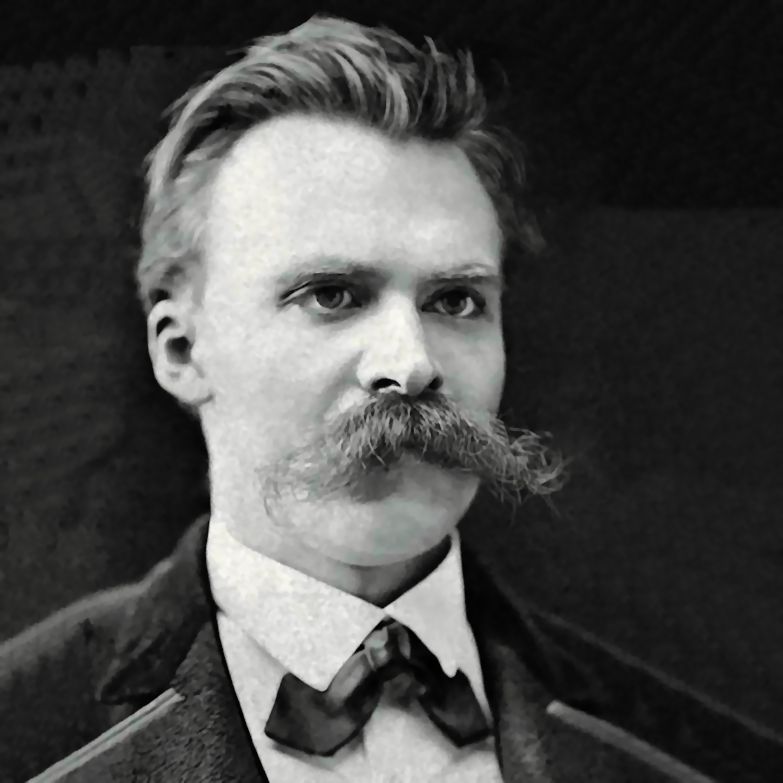 Friedrich Nietzsche (1844–1900) pronounced God effectively dead and proposed we are better off without him. We need to move beyond Christian morality and determine what is right and wrong for ourselves.
Friedrich Nietzsche (1844–1900) pronounced God effectively dead and proposed we are better off without him. We need to move beyond Christian morality and determine what is right and wrong for ourselves.
Sigmund Freud (1856–1939) rooted sexual repression in Judeo-Christian morality. Such repression, he claimed, can account for nearly every psychological disorder. The Judeo-Christian view of sex is oppressive, rooted in fantasy, and must be discarded.
Margaret Sanger (1879–1966) made sex our salvation. “Through sex, mankind may attain the great spiritual illumination which will transform the world, which will light up the only path to an earthly paradise.”[ii] Birth control was the means for this new salvation by enabling sexual freedom without worry of pregnancy. One bonus: we can rid the world of those “unfit to live.”[iii]
20th century as well
Here’s the contribution from Alfred Kinsey (1894–1956): now that we are unencumbered from antiquated ideas about sexual morality, we should instead draw our conclusions from human sexual behavior. If any person does it, it’s normal and therefore acceptable.[iv]
Marshall Kirk and Hunter Marsden (1989) authored the highly influential book After the Ball: How America Will Conquer Its Fear and Hatred of Gays in the ’90s. This book provided a blueprint for the homosexual rights movement and led to its tremendous success. Kirk and Marsden argued that we need to
- change the flamboyant, sexually addicted stereotype of gays by portraying them as normal Americans who are a significant minority in every community;
- make homosexuality a matter of biological determinism, not moral choice;
- portray opponents of homosexual behavior as hateful bigots who should not be debated but stigmatized, silenced, and connected to the great villains of history; and
- portray gay rights as the new civil rights, with gays as the sympathetic victims.
Followed by the artists
 From the thought leaders, ideas work their way out to the larger society through the arts. Today’s online pornography is the legacy of a magazine publisher name Hugh Hefner, who boasted that “Playboy freed a generation from guilt about sex.”
From the thought leaders, ideas work their way out to the larger society through the arts. Today’s online pornography is the legacy of a magazine publisher name Hugh Hefner, who boasted that “Playboy freed a generation from guilt about sex.”
At the 2003 MTV’s music video awards American entertainers Madonna and Britney Spears pushed the (already broad) boundaries of MTV audience sensibilities by passionately kissing onstage. The 2005 film Brokeback Mountain won multiple Oscars for “courageously” teaching that trivialities like marriage, the needs of children, or commitment shouldn’t stand in the way of homosexual passion. A year later saw the launch of Will and Grace, a television show about homosexual life in New York City. The series, which ran through 2008 and made a comeback in 2017, portrays homosexual life as not only funny but normal. Additional TV productions include Glee (2012–2015), a highly popular show that normalized homosexual lifestyle, and Modern Family, a current comedy that depicts a same-sex couple raising children. (By this point in the culture, Modern Family writers had no need to preach, so the storyline doesn’t come across as edgy. Homosexual parenting is just another normal scenario.)
The frog in the kettle
This media trajectory serves to illustrate the effect of what Andrée Seu Peterson calls “repeated exposure.” She traces the gradual effect of exposure by the media to an idea long considered unacceptable.
This, if you are vying for overturning cultural taboos, is all you need do at first: desensitization through repeated exposure.
The little old lady next door who is starting to “come around” to accepting homosexuals as ordinary decent citizens did not shed her youthful revulsion toward sodomy through Socratic introspection. She just got used to the idea by a barrage of television, radio, magazine, and billboard ads—and plays. . . .
While pedophilia is (for now) still an outlier to the morphing mores of America, homosexuality has moved safely inside the frame of the Overton Window and made good speed through the stages of “radical” to “acceptable” to “sensible” to “popular” to “policy.”
Social acceptance
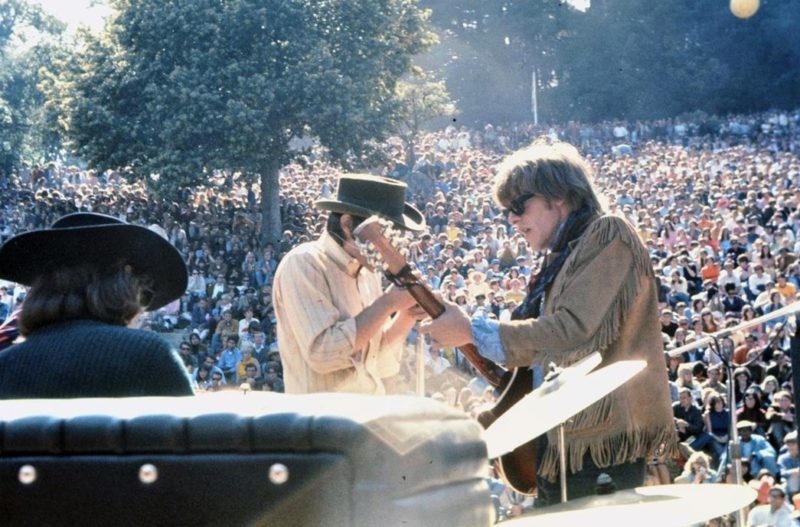
From the intellectuals and artists the broader effects were seen in several social pivot points. In 1960 the FDA approved the birth control pill for contraceptive use. Seven years later, America’s “flower children” celebrated the Haight-Ashbury “Summer of Love.” The Stonewall Riot of 1969 is remembered as a defining moment for the homosexual movement, much like the Selma to Montgomery march was for the civil rights movement. Police raided the Stonewall Inn, a homosexual bar in Greenwich Village in New York, and homosexuals fought back. That same year, California became the first state to approve “no-fault divorce.” Now couples could divorce for “irreconcilable differences”; it was no longer necessary to appeal to adultery, extreme cruelty, or desertion as grounds to end a marriage.
Eventually, these new norms were institutionalized into American society. We see this in medicine, law, governance, education, religion, and foreign affairs.
In 1993 the American Psychological Association removed homosexuality from its catalog of mental disorders. Ten years later, in Lawrence v. Texas, the Supreme Court ruled that states could not legislate against intimate behavior between consenting adults.
As well as legal
President Bill Clinton signed the Defense of Marriage Act (DOMA) in 1993. In 2004, Massachusetts became the first state to legalize same-sex marriage. Eventually, thirty-six more states would follow. In their landmark 2015 ruling in Obergfell v. Hodges, the Supreme Court made same-sex marriage the law of the land.
Consider the tragic story of radical homosexual infiltration of the US public school system. In 1964 Mary Calderone, an executive at Planned Parenthood, cofounded the Sexuality Information and Education Council of the United States (SIECUS) with funding help from Hefner/Playboy. SIECUS would become the most influential resource for sex education in American public schools. Calderone theorized that “a new stage of evolution is breaking across the horizon and the task of educators is to prepare children to step into that future.”
And even religion and foreign policy
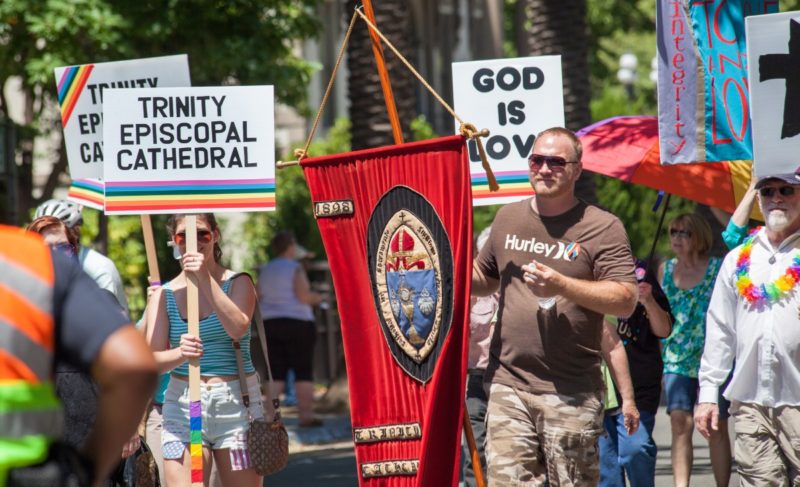 The world of religion in the United States followed suit in 2012 when the Episcopal Church passed a resolution approving an official liturgy for blessing same-sex unions. Other mainline denominations began to do the same.
The world of religion in the United States followed suit in 2012 when the Episcopal Church passed a resolution approving an official liturgy for blessing same-sex unions. Other mainline denominations began to do the same.
Finally, the normalization of homosexuality became a matter of US foreign policy. Under the Obama administration, promoting homosexual rights became a top priority for the State Department. Foreign aid to nations deemed unfriendly to homosexuality was threatened. African leaders decried what they called “sexual colonialism.”
This decades-long process of thought leaders and media abandoning sexual mores and normalizing homosexuality, followed by the institutional embrace of same-sex marriage, has had a predictable effect at the level of individual citizens. In 1996, only 27 percent of the US population supported same-sex marriage. By 2013, support for same-sex marriage had jumped to 53 percent. Today it is even higher, with 73 percent support among the millennial generation.
The vertical movement of ideas through a society—from intellectuals to artists to professionals and finally to everyday folks—is happening all the time. What begins as an arcane proposition in an ivory tower eventually plays out in daily life in the public square.
- Darrow Miller
This DM&F Classic blog post is excerpted from the book Discipling Nations. For the entire text go here.
[i] I am indebted here to my friend John Stonestreet and his book cowritten with Sean McDowell, Same-Sex Marriage: A Thoughtful Approach to God’s Design for Marriage (Grand Rapids: Baker Books, 2014).
[ii] Margaret Sanger, The Pivot of Civilization in Historical Perspective: The Birth Control Classic (Seattle: Inkling Books, 2001), 406.
[iii] McDowell and Stonestreet, Same-Sex Marriage, 71.
[iv] Ibid

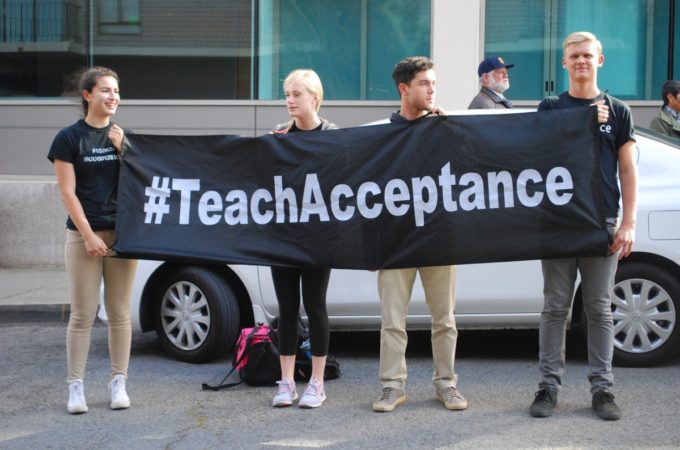


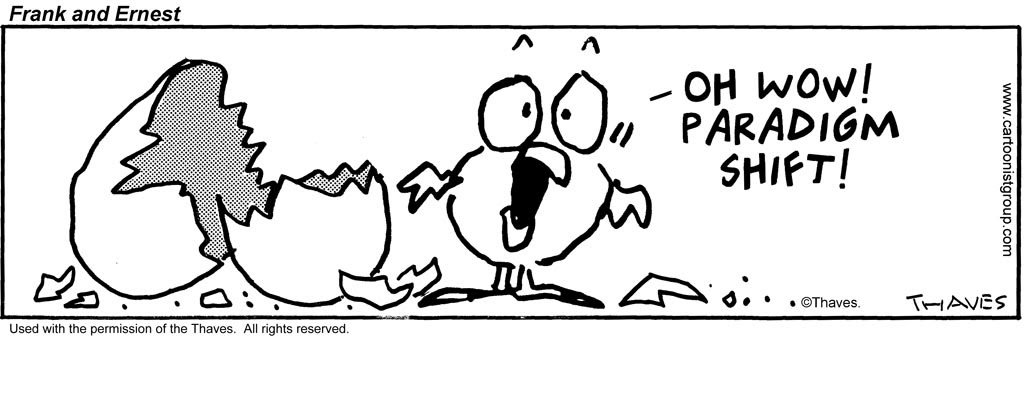
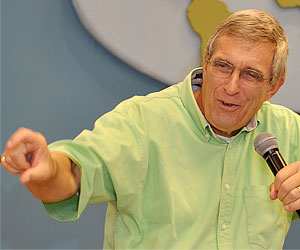

2 Comments
Ayoub
September 11, 2019 - 3:28 pmThank you dear Darrow for this informative article. I’ve been wondering lately how did sexuality shifted to take this direction that you described and that we see now in our cultures mainly through media and social media, considering the way ideas spread through the vertical way as you shared. I could easier trace it to the level of artists but I couldn’t find a link to the intellectuals and philosophers who have been shaping these ideas. Now I can see that it already started back in the 19th century. But still, the amount of promotion happening in this direction seems to me bigger, amplified and more complex than the ideas that has been shaped. Do you think that the process can start from artists or it may be another source besides intellectuals and philosophers that gives these ideas to the baladeers and pushes them to do promotion job?
admin
September 25, 2019 - 11:24 amAyoub
Thanks for your note. Glad you found the blog helpful.
Ideas do take time from their sprouting until they are able to reproduce. In previous generations, it took a longer time for the ideas to spread and then more time for them mature. With social media, they spread more rapidly and can achieve acritical mass of people who believe the ideas and act on them more quickly. This is why we see th LGBT agenda spreading so rapidly, globally. Ultimately it is the thinkers and questioners who originate the ideas. This is why it is critical for Christians to be critical thinkers and for some to seek to teach at universities where so many ideas are propagated. Looking forward to seeing you in November.